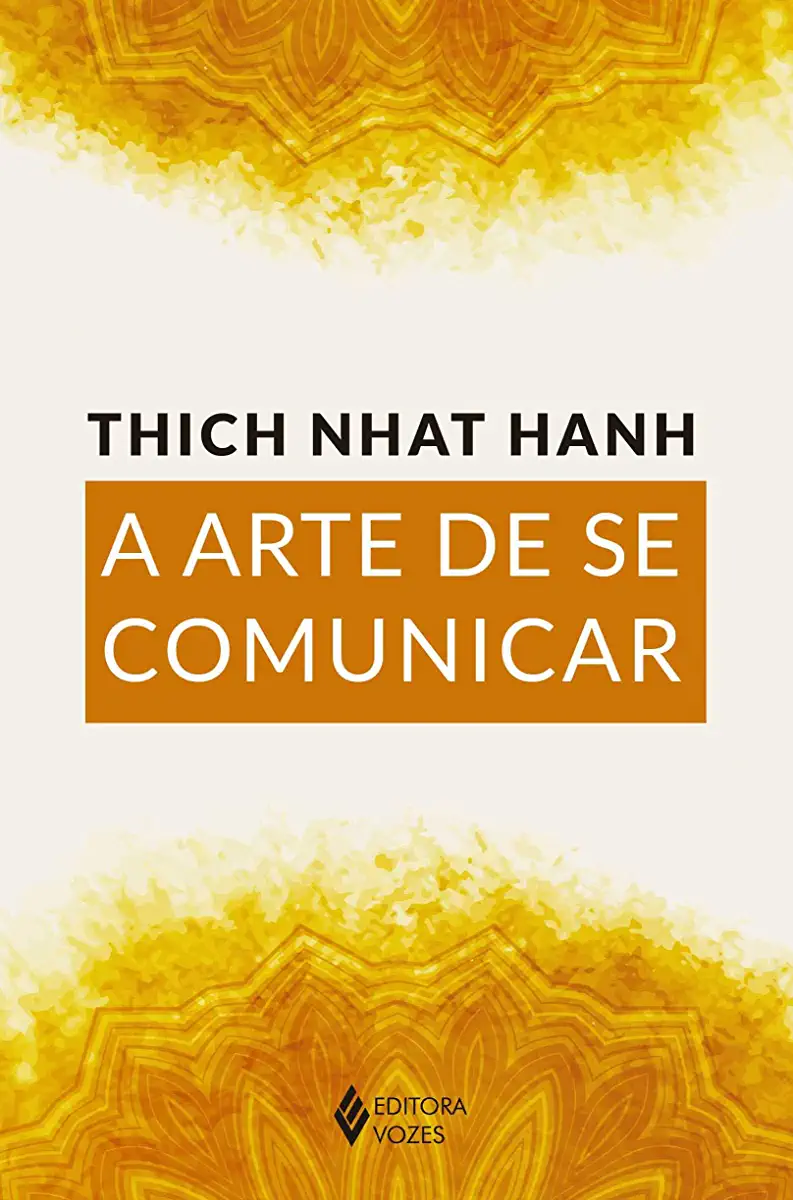
The Art of Communicating - Thich Nhat Hanh
The Art of Communicating: A Guide to Living in Harmony with Others
In his book "The Art of Communicating," Thich Nhat Hanh offers a profound and practical guide to improving our communication skills and building stronger, more meaningful relationships. Drawing on his decades of experience as a Buddhist monk and peace activist, Hanh provides a wealth of insights and techniques for transforming the way we communicate with ourselves, with others, and with the world around us.
The Power of Mindful Communication
At the heart of Hanh's teachings is the practice of mindful communication, which involves bringing our full attention and awareness to the present moment, both in our speech and in our listening. By cultivating mindfulness, we can learn to speak and listen with greater clarity, compassion, and understanding.
The Four Elements of Communication
Hanh identifies four essential elements of communication:
- Body language: Our body language can often communicate more than our words, so it's important to be aware of the messages we're sending with our posture, gestures, and facial expressions.
- Tone of voice: The tone of our voice can convey a wide range of emotions and intentions, so it's important to be mindful of how we're speaking.
- Choice of words: The words we choose can have a profound impact on the way our message is received, so it's important to choose our words carefully and intentionally.
- Listening: Listening is just as important as speaking, and it requires our full attention and presence. When we listen mindfully, we can truly understand and connect with the other person.
Overcoming Communication Barriers
Hanh also addresses the challenges and barriers that can arise in communication, such as:
- Differences in culture and language: When communicating with people from different cultures or who speak different languages, it's important to be aware of the potential for misunderstandings and to make an effort to bridge these gaps.
- Anger and conflict: Anger and conflict can often cloud our communication and make it difficult to connect with others. Hanh offers practical strategies for managing anger and resolving conflict in a healthy and constructive way.
- Technology: While technology can be a powerful tool for communication, it can also be a source of distraction and disconnection. Hanh encourages us to use technology mindfully and to be aware of its impact on our communication.
The Art of Deep Listening
One of the most important skills in communication is the art of deep listening. When we listen deeply, we are not simply waiting for our turn to speak, but rather we are fully present and engaged with the other person. We are listening not only with our ears, but also with our hearts and minds.
Deep listening requires us to be open and non-judgmental, and to let go of our own thoughts and agendas. It requires us to be patient and to allow the other person to express themselves fully. When we listen deeply, we create a space for true connection and understanding.
The Power of Compassionate Speech
Our words have the power to create either suffering or happiness, both for ourselves and for others. When we speak with compassion, we are mindful of the impact of our words and we choose to speak in a way that is kind, gentle, and understanding.
Compassionate speech is not about saying what we think the other person wants to hear, but rather about speaking from a place of genuine care and concern. It is about speaking in a way that is helpful and supportive, and that promotes healing and understanding.
The Art of Communicating in Difficult Situations
There are times when we find ourselves in difficult communication situations, such as when we are feeling angry, frustrated, or hurt. In these situations, it is especially important to practice mindful communication.
When we are feeling strong emotions, it can be helpful to take a few deep breaths before speaking. This will help us to calm down and center ourselves, so that we can speak from a place of greater clarity and compassion.
It is also important to be aware of our body language and tone of voice, and to make sure that they are congruent with our words. When our body language and tone of voice are in conflict with our words, it can create confusion and mistrust.
The Art of Communicating with Ourselves
In addition to communicating with others, it is also important to communicate with ourselves in a mindful and compassionate way. This means being aware of our own thoughts and feelings, and speaking to ourselves in a kind and encouraging way.
When we communicate with ourselves in a positive way, we can build our self-esteem and confidence. We can also learn to manage our emotions in a healthy way, and to make choices that are in alignment with our values.
The Art of Communicating in the World
The art of communicating is not just about improving our relationships with others, but also about creating a more peaceful and harmonious world. When we communicate mindfully and compassionately, we can help to break down barriers and build bridges between people. We can create a world where everyone feels heard, understood, and valued.
Conclusion
"The Art of Communicating" is a powerful and inspiring guide to improving our communication skills and building stronger, more meaningful relationships. Thich Nhat Hanh offers a wealth of insights and techniques that can help us to communicate more effectively with ourselves, with others, and with the world around us. By practicing mindful communication, we can create a more peaceful and harmonious world for ourselves and for future generations.
Enjoyed the summary? Discover all the details and take your reading to the next level — [click here to view the book on Amazon!]